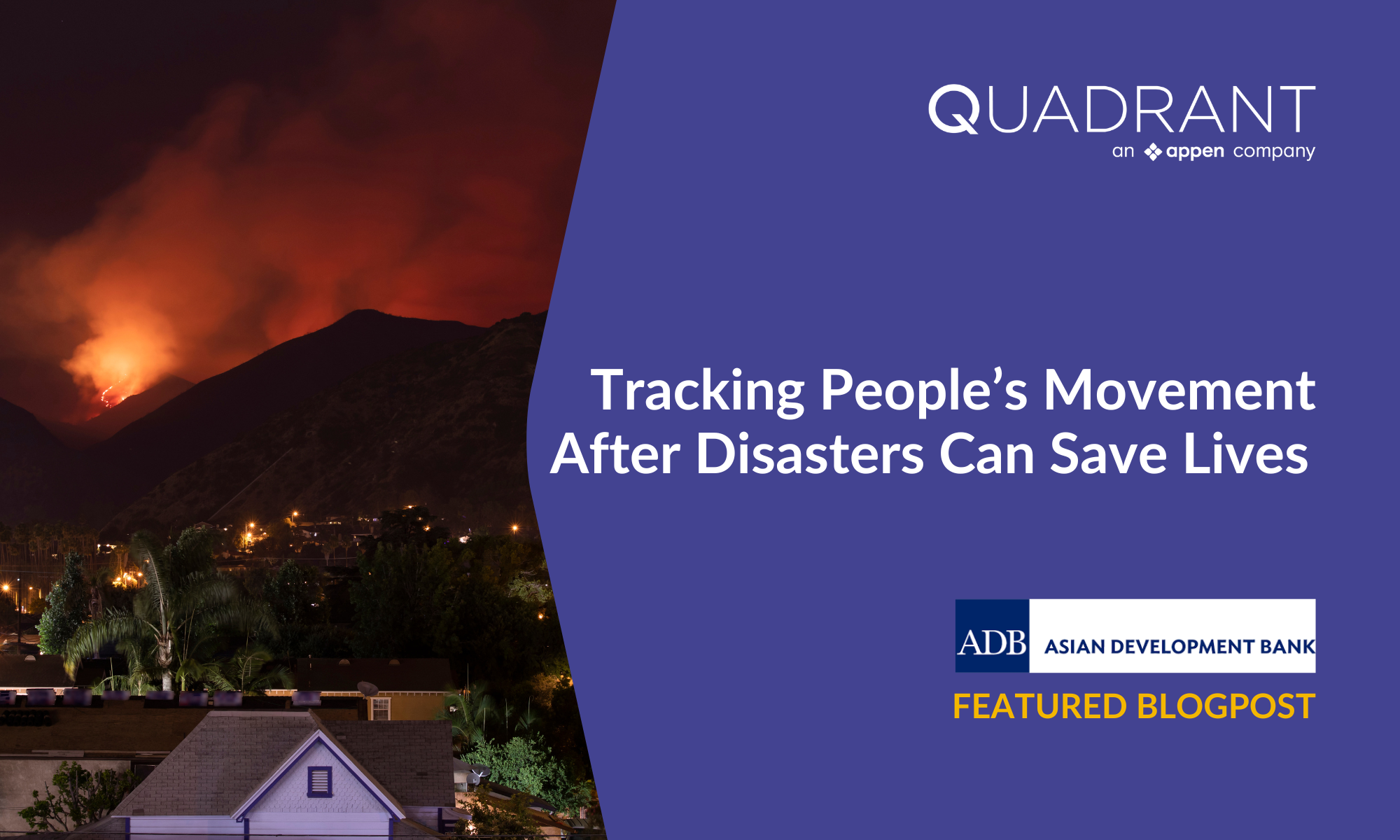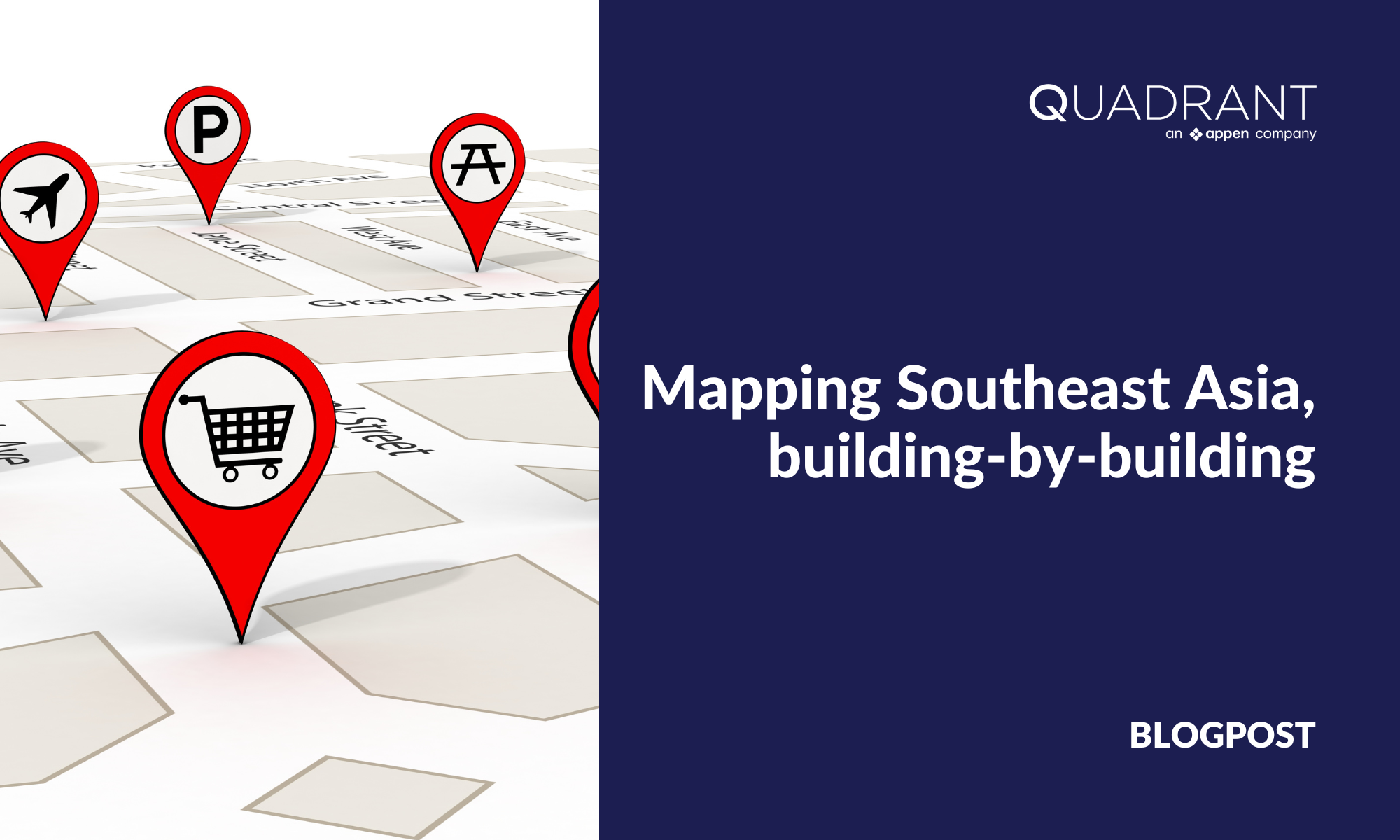Transportation companies need location-based intelligence to gauge demand, support operations, adapt to changing public requirements, and ensure safety. Reliable and accurate mobile location data is key to studying mobility trends that can reveal actionable insights for the betterment of infrastructure and applications in supply chain, ride sharing, public transport, traffic management, and other use cases.
Companies also need location data to assess potential for usage in growing urban spaces to improve availability and return-on-investment. More recently, due to the Covid-19 pandemic, people’s movement patterns have changed drastically. The new normal with social distancing requires tweaking existing forms of transportation and related services. All these make mobile location datasets and corresponding mobility analysis more valuable than ever, both in the private and public sector.

Location data for transportation - using mobility analysis to improve traffic monitoring
Mobility intelligence and transportation companies have been using mobile location data to understand travel patterns, optimise public transport, address social distribution problems, and more. By studying historical data and analysing the changes over certain time periods, companies can make informed decisions to build smarter urban systems and help supply chain and logistics businesses improve operational efficiency and boost profits.
One of our customers, SinTráfico - the leading mobility intelligence platform in Mexico - creates smart mobility ecosystems used by infrastructure companies, governments, retailers, and out-of-home media buyers. Using its real-time data network, the largest in Mexico, SinTráfico monitors various traffic parameters and aids smart mobility solutions.
SinTráfico wanted to tap into larger data volumes to expand the magnitude of their services across Mexico. They actively use Quadrant’s location data to perform traffic monitoring and movement analysis.
Like many location data buyers, SinTráfico was having issues with their existing location database: it was missing key data points, it was inconsistent, and didn’t provide adequate coverage across their region of interest. Despite SinTráfico’s sophisticated analytical tools and statistical models, they were unable to achieve the desired precision and had to resort to extrapolation. This method was time-consuming, tedious and resource intensive.
The company wanted to enrich the information they received for all cities of Mexico, and needed quick access to new unique user data to reflect the overall growth of mobile phone usage in the region, resulting in their partnership with Quadrant.
Leveraging Quadrant’s comprehensive coverage of data in Mexico, SinTráfico's data science teams were able to feed their mobility platforms and derive precise and reliable intelligence, informing numerous transportation and mobility use cases for their customers.

"Given the high quality of Quadrant data, as well as the consistency of the data and the ease of integration of the services, at SinTráfico we have been able to strengthen the studies and analyses that are carried out, as well as optimise the times required to carry out these processes. The result of the collaboration is that at SinTráfico we are providing a better service and experience to our clients by delivering better insights and strengthening our platforms."
Francisco Monroy COO Strategic Partnerships & Data - SinTráfico
Transportation use cases for mobile location data analyses
Optimising public transport
City administrations in rapidly growing urban areas need adequate intelligence to meet the travel needs of their customers, while keeping public systems profitable. Using mobile location data and mobility analysis, we can understand people’s movement in urban spaces better, and create more efficient transit systems.
Using mobility analysis, transit administrators can determine event trends, gauge supply and demand to optimise routes, and help commuters get where they need to be faster. Law enforcement can use these insights to manage traffic surges and improve response infrastructure and efforts during congestions caused by accidents, breakdowns, etc.
Powering ride sharing and logistics
Ride sharing companies can also use mobility trends to predict passenger movement and volumes based on historical location data in a certain region. Understanding the density in hotspots can help them be prepared with fleet management during specific times, inform pricing models, manage surge, and boost earnings for their driver partners.
Logistics companies can also benefit from these insights, improving efficacy of their operations. By using mobility trends in certain locations, logistics and supply chain companies can determine their relationships with buyers, calculate value of lost goods during transportation, and derive critical insight to save costs.
Public welfare and social reform
Location data have proven beneficial in providing valuable insights on human mobility, highlighting real-world social and economic issues. Researchers all over the world are using location data to save and improve lives, ensure availability and utilisation of public services for the underprivileged, and most recently in the assessment and management of a global pandemic.
Research firms and academia use mobile location data to enumerate the availability and accessibility of transport and suggest improvements for public services and infrastructure. Mobile location data can help derive insight into the accessibility of transportation for regions, understand travel patterns, and help bridge gaps in service.
Learn how mobile location data can reveal mobility patterns that can help improve fulfilment, supply chain logistics, and transport systems




